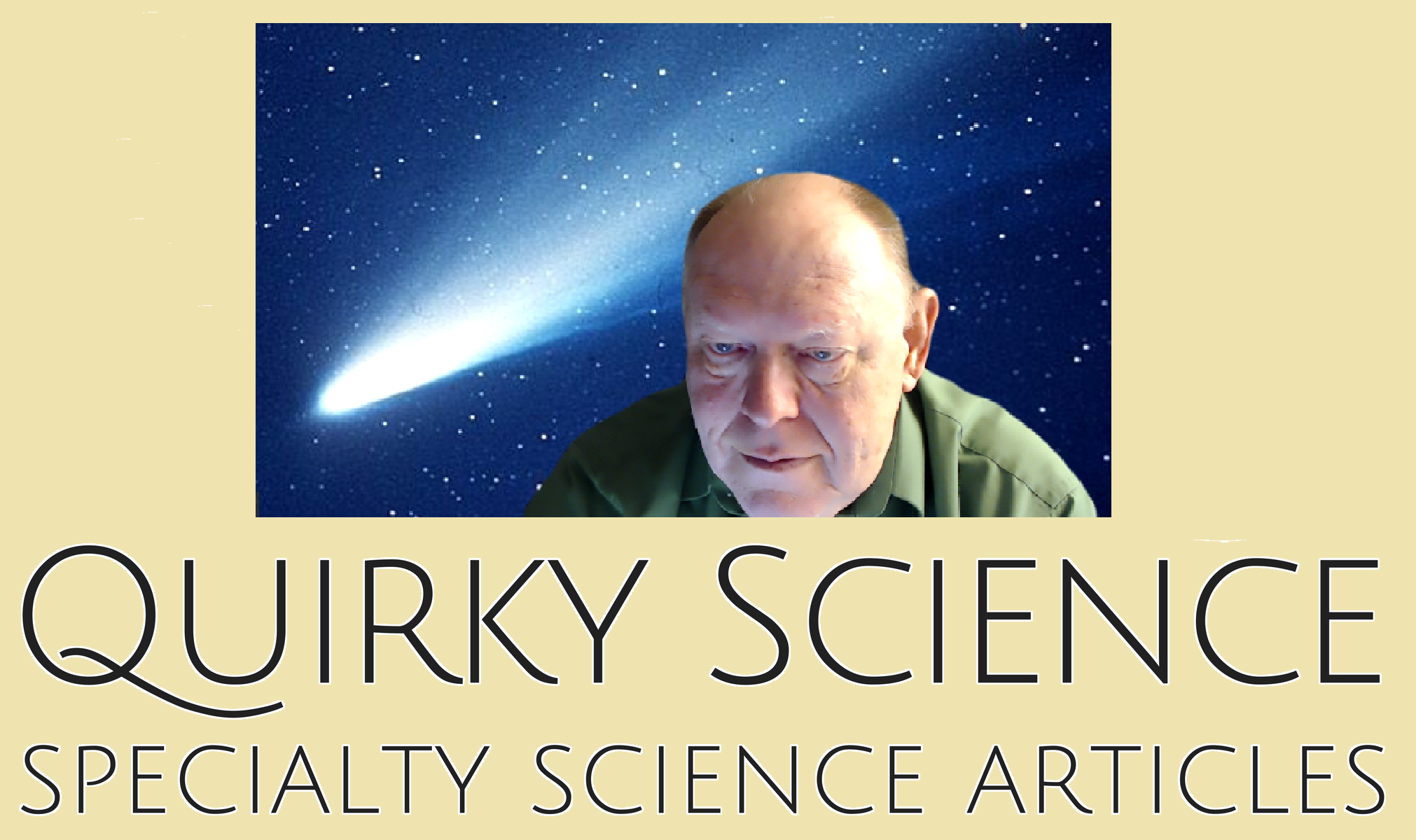What are Ammines (Not Amines)? How Are They of Interest?
[caption id="attachment_24754" align="alignright" width="480"] tetramminediaquacopper(II) ion[/caption] Although most of us are not chemists, we recognize certain chemical terms. Some terms are more familiar than others. We know orange juice, tomatoes, and vinegar are "acid" or acidic. Other terms are less familiar, such as "free radical". We've heard them, and we have a faint idea of what they mean, but we don't really understand what they are. Amines, we may realize, are in part responsible for the fishy odor we seek to eliminate when cooking. To the chemist, an amine is an organic compound that includes at least one –NH2 group. N is the symbol representing a nitrogen atom, and H represents hydrogen. The word amine reminds us of the word ammonia, and rightly so. Ammonia is familiar to us as…
